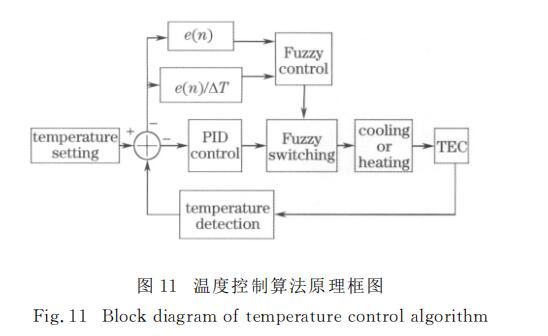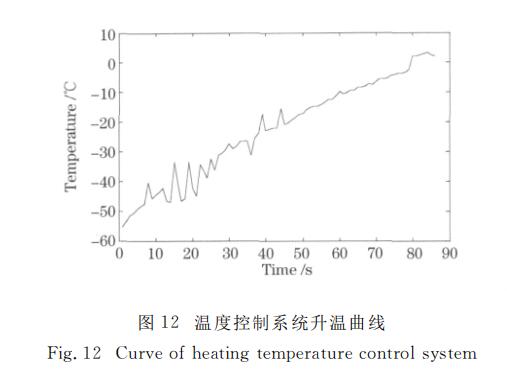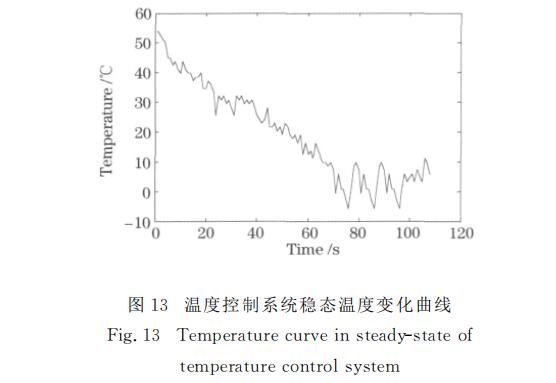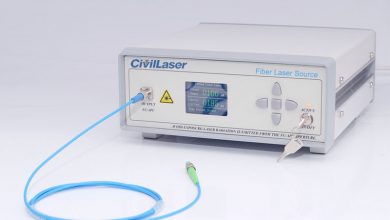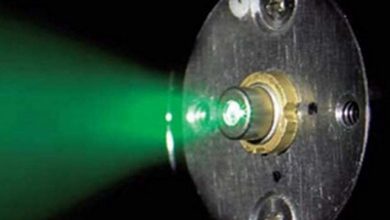Laser News
Temperature Control Method of Optical Fiber Coupled LD Module
The temperature range of the external working environment of the fiber-coupled LD module is wide. In order to control the wavelength of its output laser, avoid excessive wavelength drift, and decrease the emission efficiency when the junction temperature increases, it is required to control the temperature around the LD module at -5°C to 20 ℃. As shown in Figure 10, when the driving current of TEC is between Iopt and Imax, although the heat at the control end increases with the increase of the driving current, the rate of change of heat dzc / dt decreases significantly, even when I> Imax dzc / dt is negative. As shown in Figure 11, the system uses a combination of fuzzy control and traditional PID control. When the temperature exceeds the set temperature range, a fuzzy control algorithm is used, which is determined based on the detected control end heat Qc and its change rate dQc / dt. The magnitude of the control current I and its rate of change is found by the algorithm to approximate Iopt. When the temperature enters the set temperature range, it switches to the PID control algorithm.
Figure 12 shows the temperature rise curve around the chip carrier measured by the TEC heating control under the ambient temperature of the LCD module at -55°C. Figure 13 shows the cooling curve around the chip carrier measured by the TEC cooling control under the ambient temperature of 55°C. It can be seen that the steady-state temperature change curve of the temperature control system has a large fluctuation (overshoot), which is caused by the laser module emitting a laser, which generates a heat loss of more than 30W, which causes the temperature around the chip carrier to rise continuously.

